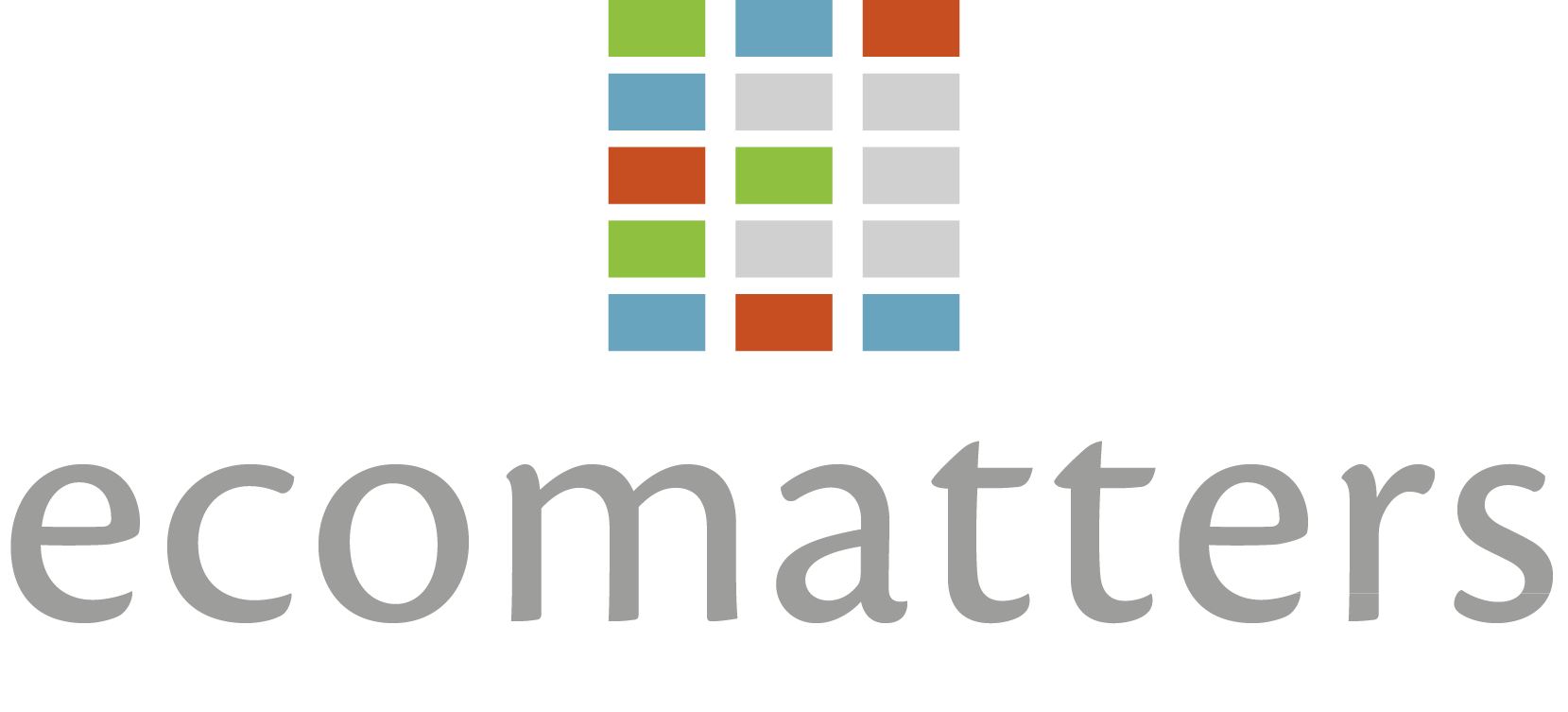Background information of the tool
Are you starting a new chemical recycling initiative or are you considering financing or subsidising start-ups active in this area? This tool is designed to support your self-assessment or for the structured collection of data from multiple start-ups you’re considering funding. It provides insights into maturity and risk associated with feedstock procurement, logistics, process complexity, and product offtake while giving an indication of the potential around environmental impact reduction.
Tackling the issue of plastic waste requires a number of different end-of-life solutions to be deployed. The main aim is to reduce marine and environmental damage, but also tackle virgin resource use/depletion and reduce the environmental impacts of material production. Recycling supports this effort, however, currently, recycling is limited to relatively homogenous streams of clean plastic waste by using mechanical recycling processes. The resulting recycled content is generally of lower quality than the materials produced from virgin feedstock.
However, there is a second recycling approach that aims to return the waste plastic back to its base chemical components. This approach is called chemical recycling. The outputs produced by chemical recycling processes are closer to the quality of the virgin materials than mechanically recycled alternatives and are thus better suited as source material (feedstock) for producing new plastic materials. This means that chemical recycling has clear benefits for increasing circularity in the plastic production system and the recycled content rate of newly produced products. Even though the vision and the potential are clear, the number of recyclers that are operating at an economically viable scale is still limited.
In recent years there has been an uptick in activity and a lot of new chemical recycling initiatives have started to develop. As this development continues, new opportunities for investment arise and governmental actors can seek to support these new initiatives through grants. However, it needs to be noted that setting up a chemical recycling production facility is a long-term process and requires sizable capital investments. Generally, the development of a new initiative starts with laboratory experimentation, then moves to technological demonstration and pre-industrial pilot scale production, before reaching an investable (and commercially viable) industrial-scale facility.
While developing a chemical recycling initiative, there are a number of aspects that need to be aligned as well as quite a few risks to be mitigated. These aspects are related to considerations around setting up a chemical processing facility and dealing with its waste streams. Knowing how to tackle these aspects sets apart potentially successful initiatives from initiatives that are less likely to be successful in the future. The main areas of concern arise around obtaining suitable feedstock volumes, arranging logistics, finding end-users willing to agree to price premiums for the recycled content, and producing recycled content that aligns with end-user specifications.
This tool has been developed to help investors, government officials, and bankers assess new chemical recycling initiatives. The tool will provide a good basis for assessing if an initiative manages to deal with risks inherently to setting up a recycling process facility. It looks specifically at issues around feedstock, process and logistics, and the produced outputs. For each of these categories, a quick scan assessment of maturity indicators and risk indicators will be generated. Furthermore, the potential for environmental benefits is also included. The purpose of this assessment is to enable the comparison of different initiatives, as well as provide a way to structure relevant information for face-to-face discussions.
A secondary purpose is for the initiative developers to self-assess and see how they score on the aspects listed before. This will help develop the narrative needed to convince potential financiers or outline a number of issues to consider going forward.
The tool is meant for the evaluation of different chemical recycling processes for plastic packaging waste that is obtained from the consumer (household), office, and service sectors. The tool has been designed and validated to support assessing pyrolysis, solvolysis, and depolymerisation processes. It is possible to use other processes too, but please keep in mind that the tool has not been tested for other processes. During the development of the tool, it was tested by a number of start-ups active in the field of chemical recycling.
Acknowledgements
The tool is developed with financial support provided by the Ministry of Infrastructure and Water Management and in collaboration with EIT Climate-KIC and the Versnellingshuis CE.


